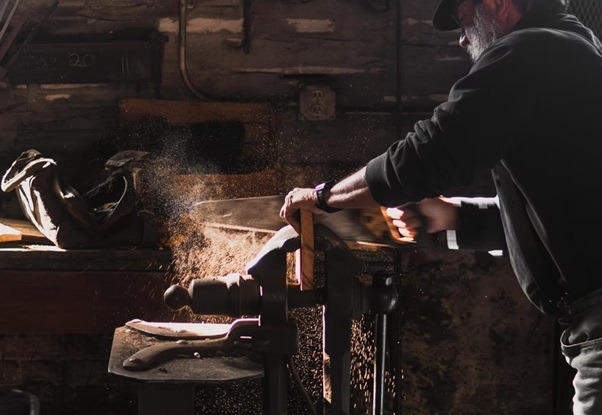Do you want to learn how to work with wood? There are a few things you will need before getting started. You’ll need a design for your project, the right materials and tools, and a little know-how on some of the finer points of working with wood. Here’s everything you need to know about DIY projects.
Do Your Research
Start off by designing your project. As with anything, it is always important to do your research first. Take a look at the skill level as well as the tools you will need for a project. For example, what is a dado cut, and will you need this knowledge to better yourself as a DIY artist? If you’re not an experienced woodworker, then simply drawing out the design will likely be enough for this step. You can sketch out your ideas and measure them to get a better idea of what size and shape they should be. It’s also a good idea to use graph paper so that everything stays proportional.
Materials
After you have a design, it’s time to pick out the materials. You’ll need three things: tools, wood, and the finish.
Tools
Tools are going to be essential if you want to get good at working with wood. There are a lot of different tools that can make your DIY project go a lot smoother. Table saws and sanders make it easy to get a smooth, even cut. Hammers and mallets can help pound in nails and get boards into place. The best thing you can do is research each tool and ensure that you’re using the right one for the job. You don’t want to damage your project by using the wrong tool every step of the way.
Wood
Next, you have to pick out the wood for your project. If you’re going with a pre-made design, then this step might be a little easier as a lot of them come with instructions that indicate which type of wood you should use and how many boards it will require. It’s important to measure each board carefully so that the length and width will fit with your design.
Different Types Of Wood
There are several different types of wood that you can use. Many shops will carry the basic woods like pine or oak, but they might not have exotic woods unless there’s an order for it. If you’re looking to get some more unique pieces, then be prepared to go somewhere else like a specialty shop or online retailer.
One important thing to remember with wood is that the type of saw you use on it will make a big difference. If you’re using power tools, then a table saw or miter saw is the best option. These allow for clean cuts that are accurate to your design. Hand-powered saws can also work well, but depending on how complex your design is, things could get a bit tricky.
Finish
The last step is the finish. You should always consider what kind of finish to use on your project before you start because it will make this step easier. If you are planning to paint, then you should use something like primer or wood filler first so that paint stays in place better and doesn’t get absorbed. For unfinished wood pieces, you can use polyurethane or oil finishes so that the board is smooth and protected from damage.
It’s important to protect the wood so that it doesn’t warp or become warped. You can use a few different types of wood finishes for this step including paint or varnish. However, if you want to avoid using chemicals, then you might consider using wax to seal the wood instead. Every time you use wood, it can get warped slightly. Letting it air dry will take care of this and ensure that your DIY project lasts longer.
Wax is usually made of natural ingredients like beeswax or carnauba. This means that any wax you use on your wood project will be safe to apply and won’t create chemical reactions that cause the wood to warp. It can also help protect against minor scratches and most things won’t stick to it. It’s easy to apply with a piece of cloth or simply buff it on with your hand.
It’s important that you take your time and plan out the design of any DIY project before actually starting to work on it. This will help ensure that all the materials for this woodworking project are picked out at a store or online retailer, there is no waste in cutting boards too short or long, and not every tool is required for each step of the process. It can also save some frustration if things don’t turn out as expected because you know how much material to purchase beforehand rather than guessing when you’re already halfway through your project.


